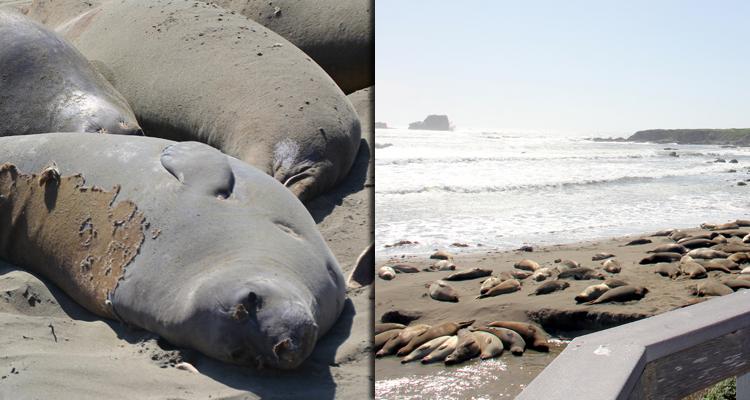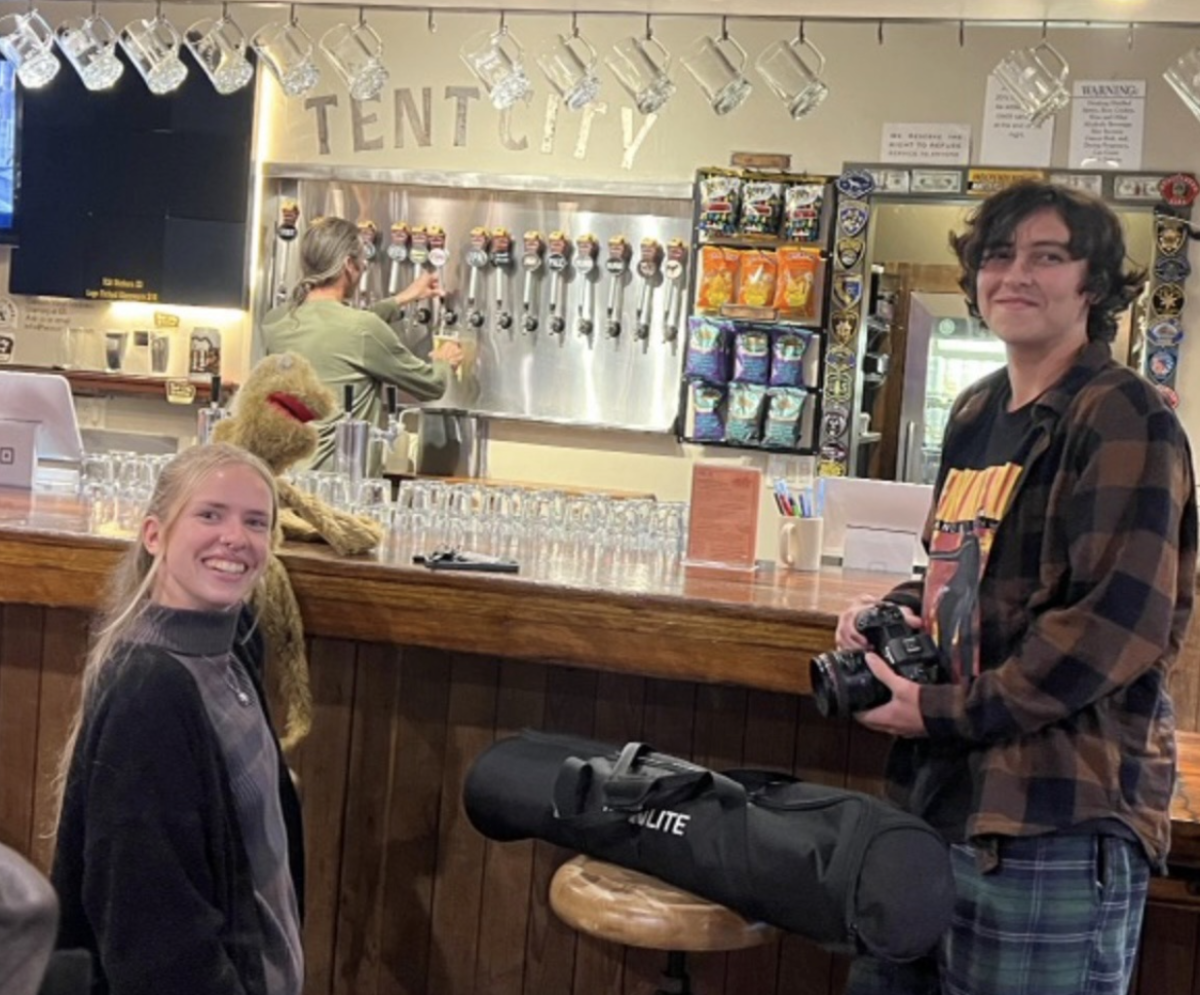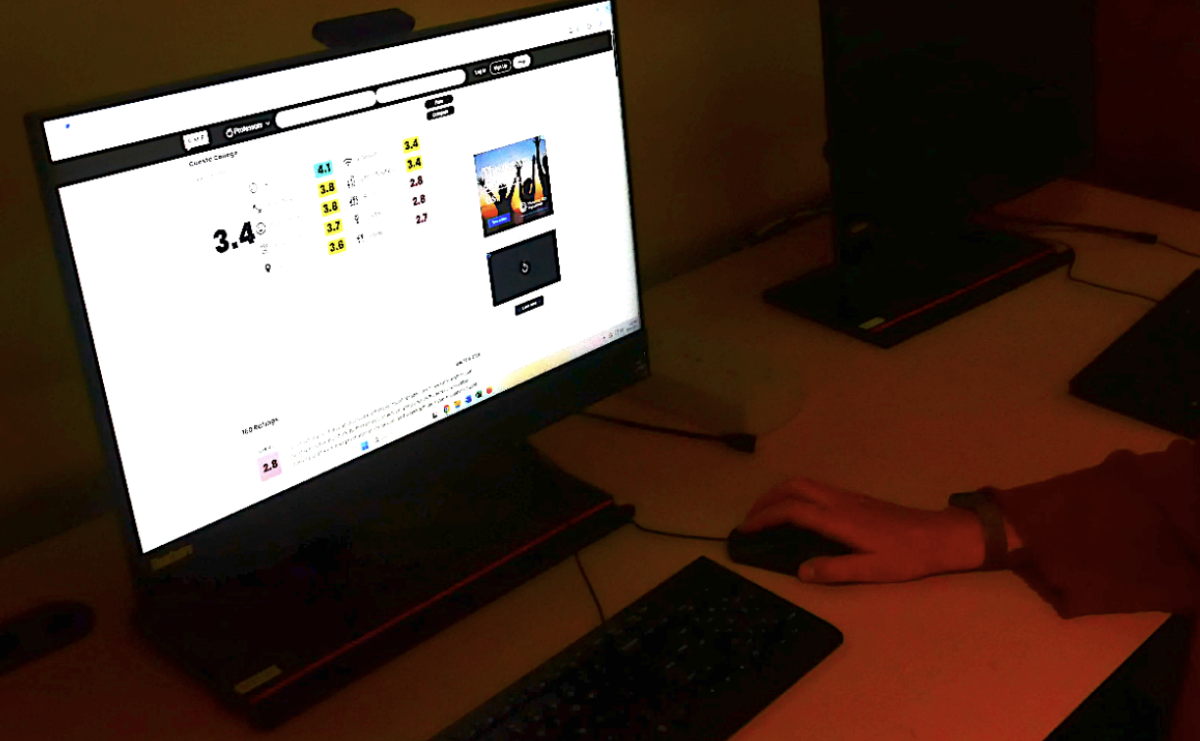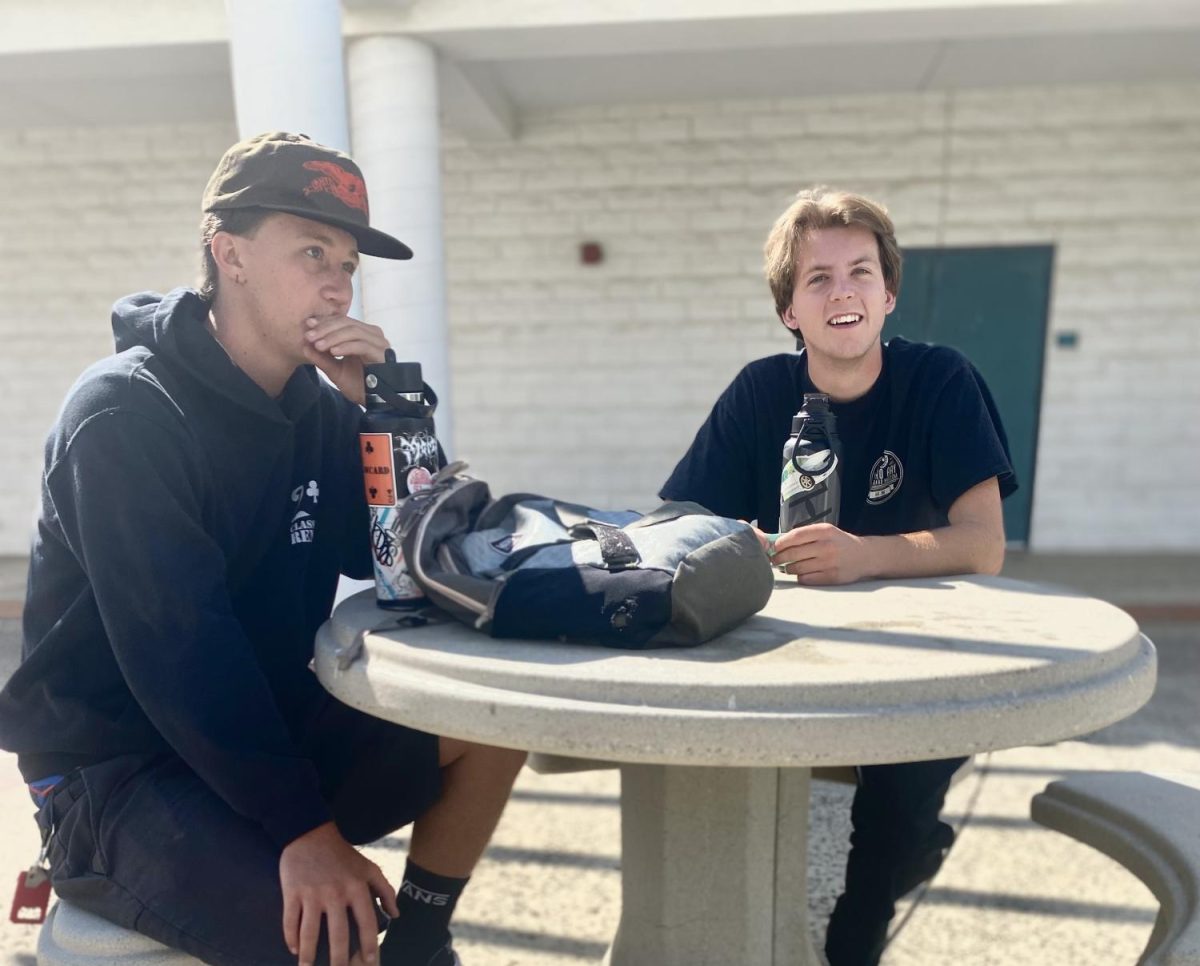[slideshow_deploy id=’6154′]
Photos by Adrian Martino / Special Contributor – Journalism 201A Student
By Adrian Martino
Special Contributor -Â Journalism 201A
Once a year, elephant seals return to shore to simultaneously change their top layer of skin and hair in a process known as a catastrophic molt.
But to perform the molt successfully, they have to have stored enough energy because none of the seals, except nursing pups, eat when they are ashore.
For adult females and juveniles of both sexes that arriving ashore near San Simeon, the time to molt is in the spring — and Cuesta students and staff willing to make the drive north from campus on Highway 1 can see the process for themselves.
“With elephant seals, the time they come to shore is genetic, it is not learned,†said Nancy Mann, a biology professor at Cuesta College.
A convenient place to observe elephant seals in San Luis Obispo County is the Piedras Blancas elephant seal rookery north of San Simeon. The beaches are part of the California Department of Parks and Recreation.
“Piedras Blancas has what elephant seals need. It doesn’t have a lot human disturbance, it’s sandy, it’s fairly large and there is a lot of space above the high tide line where the pups are safe from water until they are old enough to swim,†said Mann.
The Piedras Blancas rookery has a large parking lot and long boardwalks that allow varied opportunities for viewing the seals.
According to Mann, these animals spend most of their time underwater, diving for hours a day in deep and cold waters, requiring them conserve as much oxygen as possible.
When at sea, elephant seals reduce the blood flow to the skin and limbs. This greatly reduces the work of the heart, and loss of heat to the ocean.
“Consequently they just let enough blood get to their skin while they are underwater to keep the skin alive,†Mann said. “So they can’t constantly replace their hair and their skin like we do.â€
Elephant seals will feed at the sea until they store enough fat that they can come back to shore and shed their skin. After the breeding and birthing season, females will feed one to two months at sea before returning to the beach to molt and Males will take a little longer.
“The first animals to come ashore and molt are the adult females that gave birth this last winter and the juveniles that were out at sea all winter,†said Tim Postiff, friends of the elephant seal research committee member.
According to Mann, after weaning the pups, the females will go to sea and feed for a month or two before returning to molt.
In order to regrow new skin and hair, elephant seals need to dedicate a lot of blood to the skin. While underwater they are unable to do so as they would lose a lot of heat. So the molting process really starts when the elephant seals come ashore.
“As that new layer of skin and hair forms, it just pushes the old layer off,†said Postiff. “There are different patterns in the molt. Some elephants seals lose the skin and hair in little patches and others in big patches.â€
During the molting season, between April and June, the elephant seals will remain on the beach fasting, consuming the energy accumulated during the time they were at sea. Both in molting and breeding season, any stress can mean an irreparable loss of energy for an elephant seal.
“If we disturb the elephant seals they might lose so much weight so fast that the females will have do abandon their pups because they don’t have enough energy left to nurse their pups,†Mann said.
“I came here about 20 years ago or more and this place just blew my mind,†said Ben Grill, a Piedras Blancas Elephant Seal Rookery tourist. “There is nothing better than a sanctuary for these beautiful animals.â€
There are lots of opportunities to learn more about elephant seals and their anatomy. In the Cuesta College Biology department, building 2300 there is a northern elephant seal skeleton that was prepared by Cuesta students with the assistance of division chair Ron Ruppert.
“At Cuesta we use the Piedras Blancas elephant seal colony mainly as a field trip opportunity for our students,†Mann said. “We are just really lucky to live in such a wonderful rich natural environment and have northern elephant seals in our backyard.â€
Tim Postiff, Friends of the Elephant Seal research committee member.
Nancy Mann, Cuesta College biology professor





















